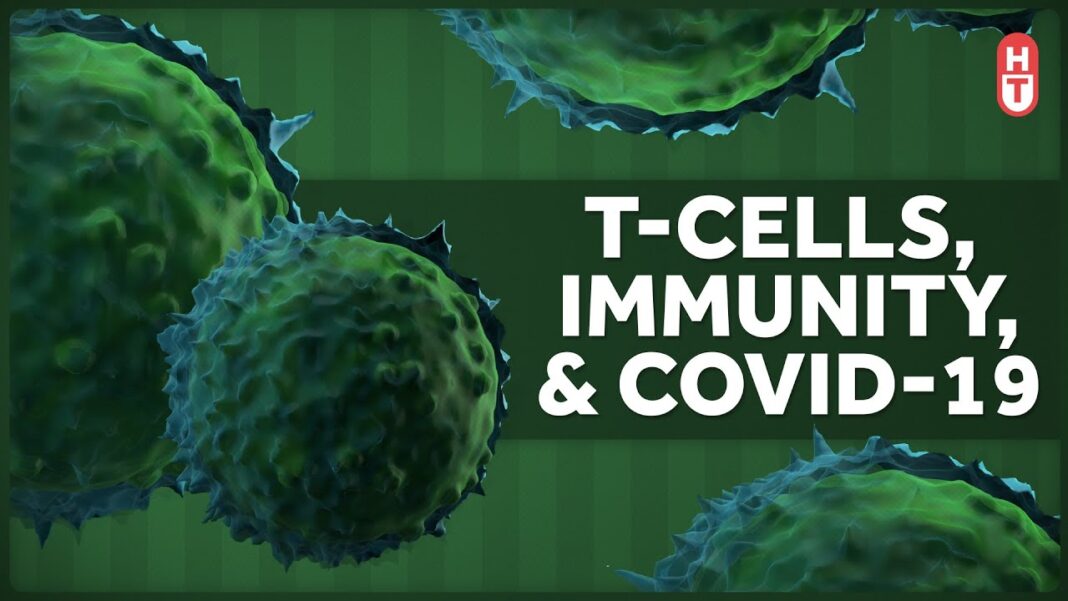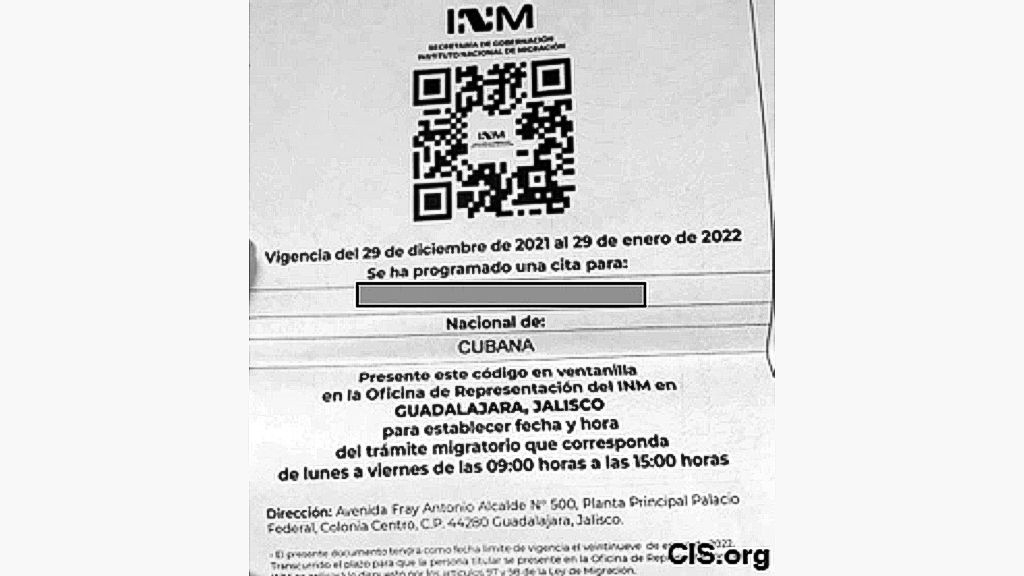
In early 1918, when World War I entered its final year, the H1N1 influenza A virus infected millions of people, causing the Spanish flu pandemic. By April 1920, after four waves and almost 100 million deaths, the pandemic ended. H1N1 became much less deadly and caused only ordinary seasonal flu. It had become an endemic virus.
Will history repeat itself? After two years of the COVID-19 pandemic and four waves of different variants, will SARS-CoV-2 become an endemic virus?
Looking Good
After my recent opinion piece “Omicron May Help End the Pandemic This Winter” was published, readers asked if I could cite peer-reviewed publications to support my pandemic-ending claim. Well, since the Omicron wave is still ongoing, my projection can only be as good as an educated prediction. But things are looking pretty good.
In the past week, there have been a few related research works published that point in the same direction—that Omicron is fast-spreading but less pathogenic. None of them are yet peer-reviewed, and that’s because the data is time-sensitive, so scientists choose to allow the public access to their research “live,” as the peer review process takes time.
So what does the new data suggest? Could the spread of Omicron end the pandemic? Waves come and go, so in order for Omicron to be the final wave, it needs to be able to stimulate strong and long-lasting immunity against potential future variants.
T Cell Immunity and Vaccination
The hope for long-lasting immunity relies on protective T cell responses. In my previous article, I quoted a University of Cape Town study showing that long-lasting T cell response, induced either by vaccination or natural infection, cross-recognizes Omicron. The authors concluded that well-preserved T cell immunity to Omicron is likely to contribute to protection from severe COVID-19 caused by other variants.
It turns out that not all T cell responses are the same, however. The Cape Town study didn’t distinguish the types of T cell responses a natural infection induces versus that of vaccination. We now know that although vaccinations with S protein-based vaccines stimulate T cell responses, the responses don’t induce protection. That is why, even though the world had a high vaccination rate in November, the Omicron wave still arrived.
Stronger Protection
On Jan. 10, the scientific journal Nature published a peer-reviewed article titled “Cross-reactive memory T cells associate with protection against SARS-CoV-2 infection in COVID-19 contacts.” Submitted to Nature by Imperial College London scientists five months ago, the article looked at T cell epitopes (very small protein fragments) from different SARS-CoV-2 proteins (S, N, E, and ORF1) in terms of their cross-reactivity to those of other species of human coronavirus OC-43 and HKU1, which cause the common cold.
By Joe Wang








